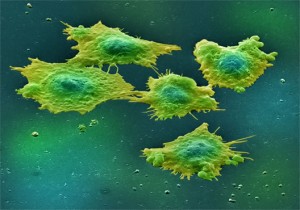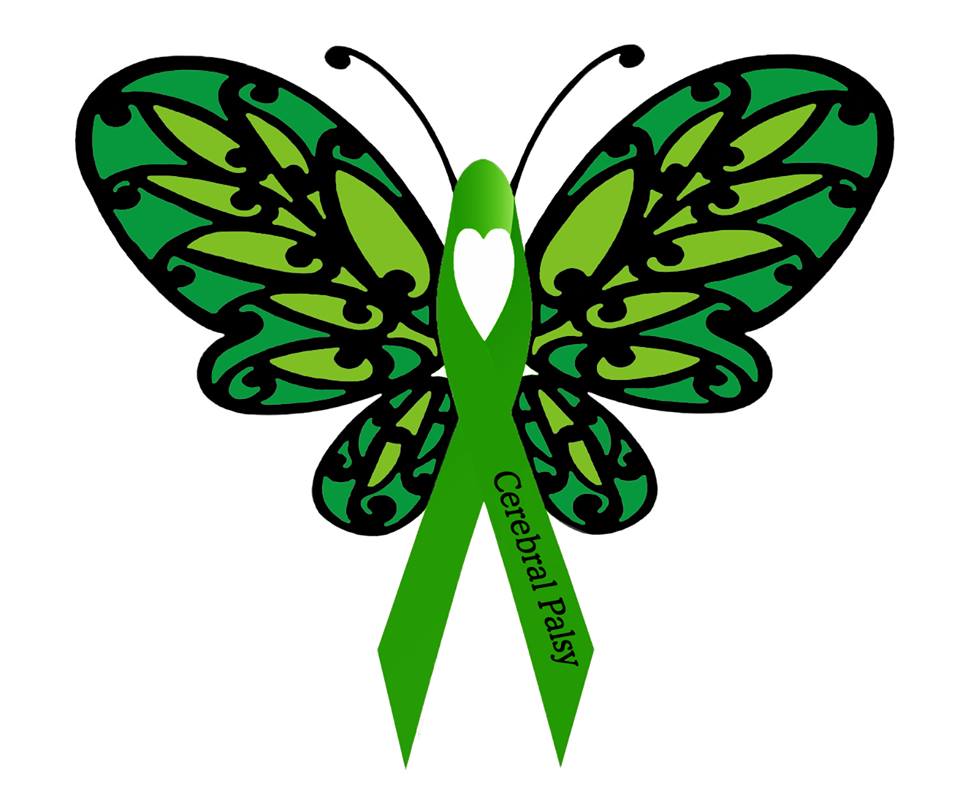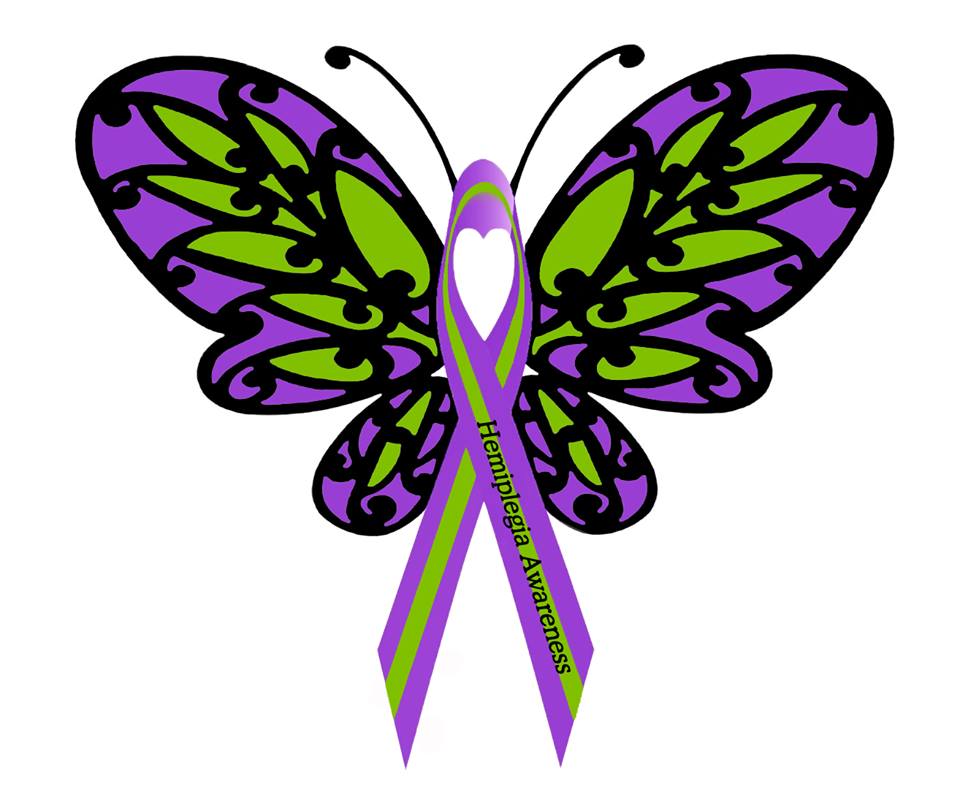
Stem cell therapy –
As many readers will know this blogs a great interest in both new ways of treating medical conditions and the new types of medical technology which make these treatments possible.
In particular we have looked at the area of stem cells in particular as a treatment for multiple sclerosis. You can check out our recent blog here.
Interestingly cord blood ( ie from the newly born’s umbilical cord). I would strongly recommend you pop round to the Parent’s Guide to Cord Blood Foundation which gives , for my money, the best overview , of cord blood and cord blood banking. They say “The term “cord blood” is used to describe the blood that remains in the umbilical cord and the placenta after the birth of a baby. Up until recently this blood was discarded as medical waste. Cord blood contains stem cells that may be cryopreserved for later use in medical therapies, such as stem cell transplantation or new emerging therapies.”
The site useful gives a list of cord blood banks not just in America.
Indeed they mention that over 80 different medical conditions could be treated with stem cells from cord blood. These include types of Leukemia , some anemias, Lymphoma, Thrombocytopenia, Bone Marrow Cancers and some solid tumours. That being said it is currently under going clinical trials for such diverse conditions as autism, rheumatoid arthritis, Cerebral Palsy and some types of motor neurone disease.
So it all looks very promising.
As well as raising awareness of Cord Blood Awareness Month we are also interested in your views ion the subject. It would be great if you could share your responses to the following questions using the comment box below:-
a) Have you “banked” your childs cord blood? If so why and how did you go about the process of doing so?
b) Would you consider it in the future.
Any aspect of your cord cell story will be of great interest so feel free to tell us below.




